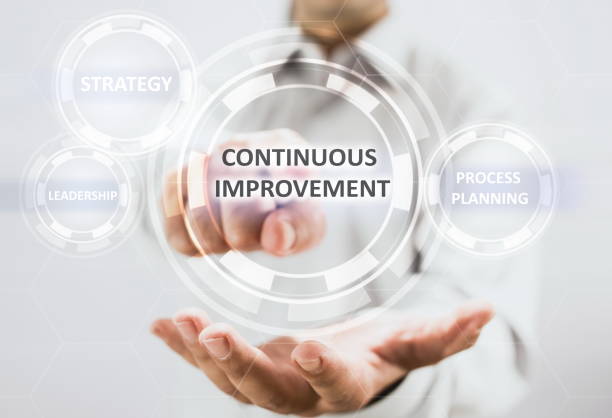In the evolving world of business, companies are reevaluating their approach to performance management. With the increasing dynamism and interconnectedness of today’s landscape, there is a growing emphasis on monitoring and improving employee performance. This is where continuous performance management (CPM) comes into play. In this post, we will delve into the realm of CPM, exploring its definition, advantages, and how it differs from performance management methods.
Defining Continuous Performance Management
Continuous Performance Management (CPM) is a process that focuses on enhancing employee performance through feedback goal setting, coaching techniques, and opportunities for skill development. Unlike annual or biannual performance appraisals CPM emphasizes real-time input and encourages open communication channels between managers and employees.
Once you understand CPM, you can implement an employee engagement platform. Just make sure you find a suitable and affordable one. For example, if you want to use Lattice, make sure you have gone through Lattice pricing, reviews and features to ensure it is the right choice.
Benefits of Continuous Performance Management
1. Boosted Employee Engagement: By providing feedback and promptly recognizing achievements, CPM enhances employee motivation. Research indicates that engaged employees are more likely to remain with a company for periods and perform at levels.
2. Improved Goal Setting: Traditional performance reviews often involve setting goals that can quickly become outdated in today’s fast-paced environment. CPM replaces the approach of performance management with goal-setting methods that are in line with the organization’s strategies.
3. Timely and Effective Feedback: It is crucial for employees to understand their strengths and areas that need improvement. This constructive feedback loop plays a role in promoting growth and ensuring high-quality work.
4. Regular check-ins: The CPM framework encourages collaboration between managers and employees, fostering problem-solving and sharing ideas that enhance innovation within teams.
5. Promote Skill Development: CPM emphasizes continuous learning, providing opportunities for skill development. Through conversations about goals and individual development plans (IDPs), employees can identify training needs to bridge skill gaps.
Differences between Traditional Performance Management and CPM
1. Evaluations: In traditional performance management, evaluations are often conducted twice a year, whereas continuous performance management promotes continuous feedback cycles with frequent conversations focused on improvement.
2. Goal Setting: Traditional performance typically sets goals according to appraisals, but CPM takes a more dynamic approach by adapting goals continuously to align with evolving business priorities and market demands.
3. Prioritize Employee Development over Ratings: Instead of placing an emphasis on rating and ranking employees like traditional methods, Continuous Performance Management (CPM) focuses on nurturing employee growth through targeted coaching and skill development opportunities. This approach aims to build long-term capabilities.
Implementing Continuous Performance Management;
Successfully transitioning to Continuous Performance Management requires planning and effective change management. Some steps can ensure a successful implementation. Let’s have a look.
1. Leadership Commitment: Gaining buy-in from leaders sets the stage for the adoption of CPM. Leadership must align their practices with CPM principles as this strengthens accountability within the organization.
2. Training and Communication: Conducting training programs for both managers and employees is essential to enable the implementation of CPM. Frequent communication about the benefits of CPM helps address resistance and generates enthusiasm among staff members.
3. Technology Integration: Leveraging appropriate technology tools simplifies the performance management process. Modern HR software solutions provide platforms for real-time feedback, goal tracking, learning modules, and analytics – boosting efficiency at every step.
4. Regular Monitoring: Continuous evaluation is necessary to track progress. More frequent check-ins allow for identifying issues while ensuring the allocation of resources. Also, performing regular reviews helps gather important insights for further refining the growing practice of CPM.
Conclusion
Shifting from performance management systems to Continuous Performance Management (CPM) can greatly improve employee engagement, foster skill development, and drive success. It is important to educate all stakeholders about the advantages of CPM to pave the way for productivity.
Positive transformations occur as organizations naturally replace practices. By dedicating time commitment and resources to implementing CPM, they can reap the benefits of collaboration, clearer communication channels, accelerated growth, and a higher level of workforce engagement.

